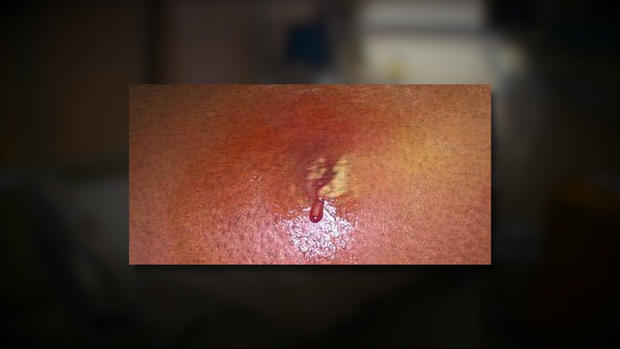How To Prevent And Treat Staph Infections
MINNEAPOLIS (WCCO) -- Complications due to a staph infection led to the death of a top state worker.
Gov. Mark Dayton and the state's top politicians are remembering Bureau of Mediation Services Commissioner Josh Tilsen, who died Tuesday morning.
He became sick last week and his condition quickly worsened.
Infectious disease physician Wendy Slattery sees patients with staph infections daily. The most common kind is on the skin.
"We live with … bacteria that live on the skin, and staph lives there, too," Slattery said. "So we get an infection if we get a cut, a sliver and it just so happens the bacteria gets into that sliver and causes us an infection."
The appearance can be red and raised, and look swollen. Slattery notes staph infections can go away on their own and the majority are treated with antibiotics.
It's important to remember the bacteria can spread. For example, on sports teams -- especially if towels, uniforms or equipment is being shared.
"It lives on the skin, so if you touch people you could move it from person to person," Slattery said. "It's hard to know where it is or who is it on."
Slattery says staph infections can lead to something more serious, like pneumonia, meningitis, a heart infection and rarely death.
"Why? We don't always know. Some of these strains of staphylococcus carry a toxin," Slattery said.
That's why she urges people to see a doctor if they think they have a staph infection.
"If something is infected in your skin and its not getting better or if it's expanding, if you've got a fever, it's warm, it's painful -- then I would go see a physician," Slattery said.
Like with most things these days, hand hygiene is critical. Wash a cut, sliver or sore well with soap and water and then monitor it.




